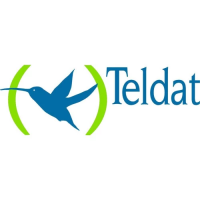to several different teams, this is not surprising. You can now form
various groups of subscribers in which call pickup is possible. A call
can only be picked up by subscribers/terminals in the same pickup
group. The assignment of subscribers in pickup groups is not de-
pendent on the settings in the Day and Night team call assignment.
Call Relay on Busy Reject
Call Through Call Through is a dial-in via an external connection to the PBX with
the call put through from the PBX via another external connection.
Call to engaged sub-
scriber
Busy on busy
Call waiting The "Call Waiting" performance feature means that other people can
contact you during a telephone call. If another subscriber calls while
you are on the telephone, you hear your telephone's call waiting
tone. You can then decide whether to continue with your first call or
speak to the person whose call is waiting.
Call waiting protec-
tion
If you do not want to use the call waiting feature, you switch on call
waiting protection. If you are taking a call, a second caller hears the
engaged tone.
Callback on Busy Performance feature in T-ISDN, PBXs and T-Net. A connection is
set up automatically as soon as the Busy status on the destination
connection ends. When the connection is free, this is signalled to
the caller. As soon as the caller lifts the receiver, the connection is
set up automatically. However, Callback must first be activated by
the caller on his or her terminal.
Callback on no reply You call a subscriber, who does not pick up. With "Callback on no
reply", this is not a problem for you, because with this special fea-
ture, you can set up the connection without having to redial. If you
are not on the telephone yourself, a new connection with the sub-
scriber is set up - for a maximum of 180 minutes.
Called party number Number of the terminal called.
Caller list Special-feature telephones such as the T-Concept PX722 system
telephone enable call requests to be stored during absence.
Calling party numberNumber of the calling terminal.
CAPI Common ISDN Application Programming Interface
CAST A 128-bit encryption algorithm with similar functionality to DES. See
Glossary Teldat GmbH
560 bintec Rxxx2/RTxxx2

